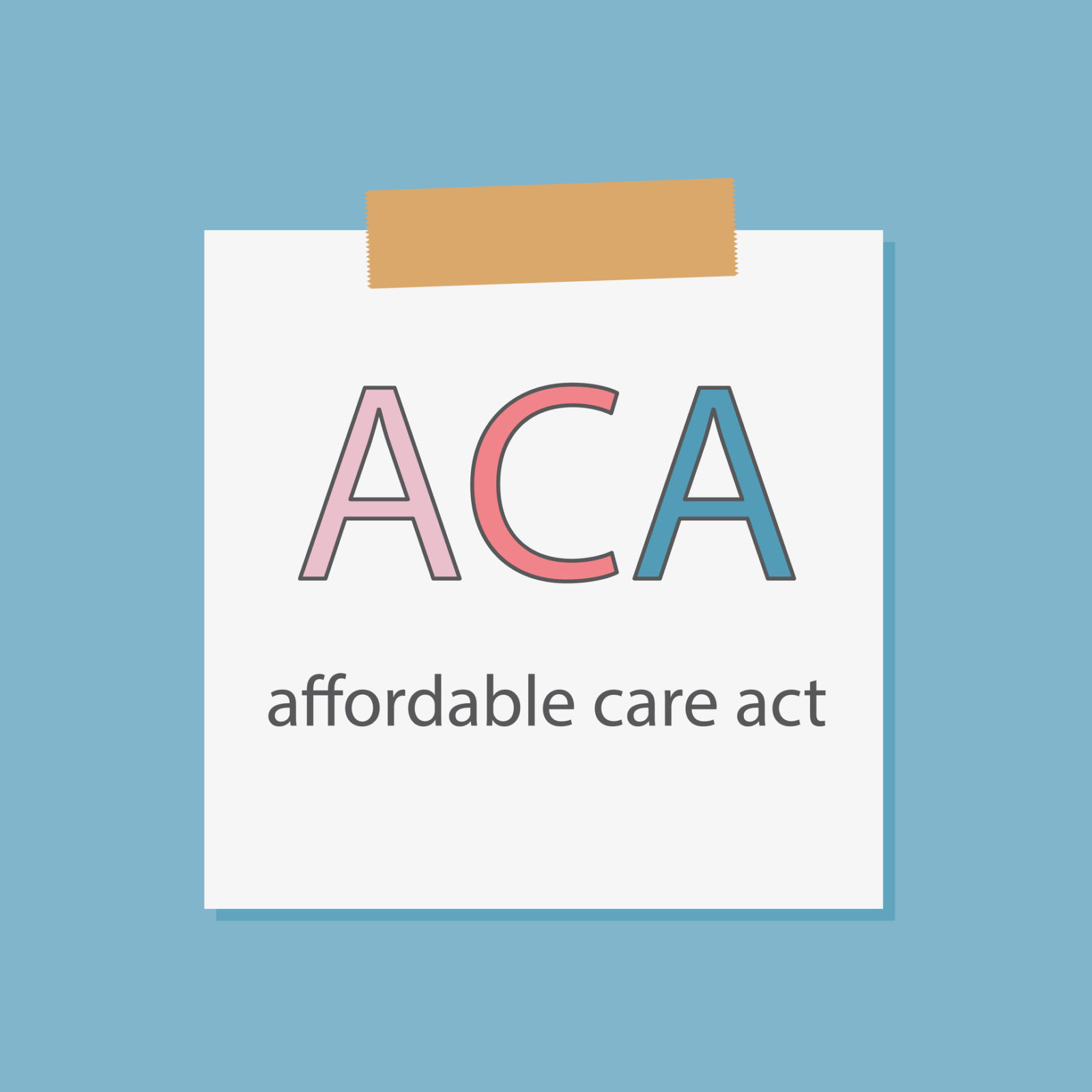Health Insurance Enrollment is Open – Does the Affordable Care Act (ACA) Help?
by Carol S. Heape, MSW, CMC
November 2, 2020

It’s open enrollment time for health insurance. Offered once a year, open enrollment means individuals can choose a health insurance plan or opt out of the one they have and move to another plan. Open enrollment means it is “open” to everyone in contrast to other times in the year when only a specific life event allows a person to move in/out of health insurance. An example would be when someone loses their job, and thus their health insurance. They are then eligible to look for and move to a plan they can afford while unemployed.
The Affordable Care Act (ACA), or more commonly called “Obamacare,” was passed in 2010. The primary goal was to lower health care costs by making sure more people participated in health insurance coverage while prohibiting some of the insurance industry’s more restricted practices. There have been some modifications since that time, but it continues to help millions of people who, prior to the ACA, had no health insurance. This included adults under the age of 65 who were not yet eligible for Medicare (must be 65), but were were also ineligible for insurance prior to 2010. These individuals now are able to access COVID-19 testing and healthcare coverage.
With the onset of COVID, and as the weeks went on, people began to lose their jobs and healthcare. However, they qualified for the expanded Medicaid (Medi-Cal) benefits supported through the ACA. Even prior to the pandemic, the expanded benefits of the ACA saved over 19,000 lives of older adults ages 55-64 (www.justiceinaging.org fact sheet).
It is possible for older individuals to qualify for two health insurance programs: called “Medi-Medi” by those in the healthcare field, this mix of Medicare and Medicaid (Medi-Cal) is available for eligible low income older adults. This dual coverage ensures individual adequate care and treatment. When Obamacare was passed, it made coverage more accessible to older adults not yet eligible for Medicare by prohibiting discrimination based on preexisting conditions. The ACA also provided tax credits and cost-sharing reductions to make marketplace coverage more affordable to qualified applicants.
Did you know that over 80% of people like us (ages 55-64) have preexisting conditions? Diabetes, arthritis, breathing problems, cancer, cardiac issues, etc., are all preexisting conditions. If you have a disabled adult child or a grandchild who is autistic or has a seizure disorder, that is a preexisting condition. Without this clause in the ACA, thousands would be denied health insurance coverage. In fact, Justice in Aging’s COVID-19 Analysis states that “four out of ten adults ages 50-64 have preexisting conditions” and thankfully can have essential coverage.
Another perhaps lesser known aspect of the Affordable Care Act helps older adults remain in their homes for as long as possible. Community First Choice Options was created to help provide personal care aide services to enable older adults remain at home. 16 states expanded financial eligibility and scope of services for waiver programs to either move out of institutions and into the community, or remain at home safely. Further, financial protections were clarified whereby couples have the same financial protection whether they live at home together or care is provided for one in a facility and one is home in the community.
In 2017, Congress passed legislation that eliminated fines for not having health insurance but left in place its requirement that virtually all Americans have coverage. In response, Texas and 17 other conservative states argue this law now renders the ACA unconstitutional. The oral arguments before the Supreme Court are scheduled to be heard beginning this month, with a decision expected by June 2021.
Following its passage in 2010 the following provisions have been put in place:
- Dependents are covered by parents’ insurance plans until age 26.
- If policy holders become ill, the insurance company cannot cancel their insurance.
- Insurers may not deny coverage to individuals with preexisting conditions and must offer the same coverage/premium regardless of gender.
- Employers cannot require employees to wait more than 90 days for health insurance eligibility.
- Patients can choose any physician within the plan’s network.
- Annual & lifetime dollar limits are prohibited.
- Increases of more than 10% must be justified by insurers.
In 2017, the premium tax credits afforded by the Affordable Care Act (ACA) helped over 3 million adults ages 50-64 purchase health insurance (Justice in Aging COVID-19 Analysis 9/20).
We all hope a viable, readily available vaccine will become available to address COVID-19 in 2021. Medicare beneficiaries will be able to get this vaccine without cost-sharing, thanks to the ACA elimination beneficiary cost-sharing for preventive services. With more Americans insured under ACA, hopefully the costs associated with testing and vaccines will allow everyone to benefit.
During these challenging times in health care and the surge once again of COVID-19, ACA specifically protects all people from discrimination in health programs based on race, color, national origin, age, sex, and disability by filing a complaint with HHS, Office for Civil Rights. This regulation and national office reminds states and healthcare providers who develop care rationing standards i.e., “Who gets the vaccine first?” about prohibiting denying medical care on the basis of stereotypes or judgments about a person’s worth or age.
Carol is the founder of Elder Options, Inc. serving the Sacramento Region with Care Management & home care. She has written about older issues for more than thirty years and is an elder herself. To submit a comment or questions, e mail: carol@elderoptionsca.com.

